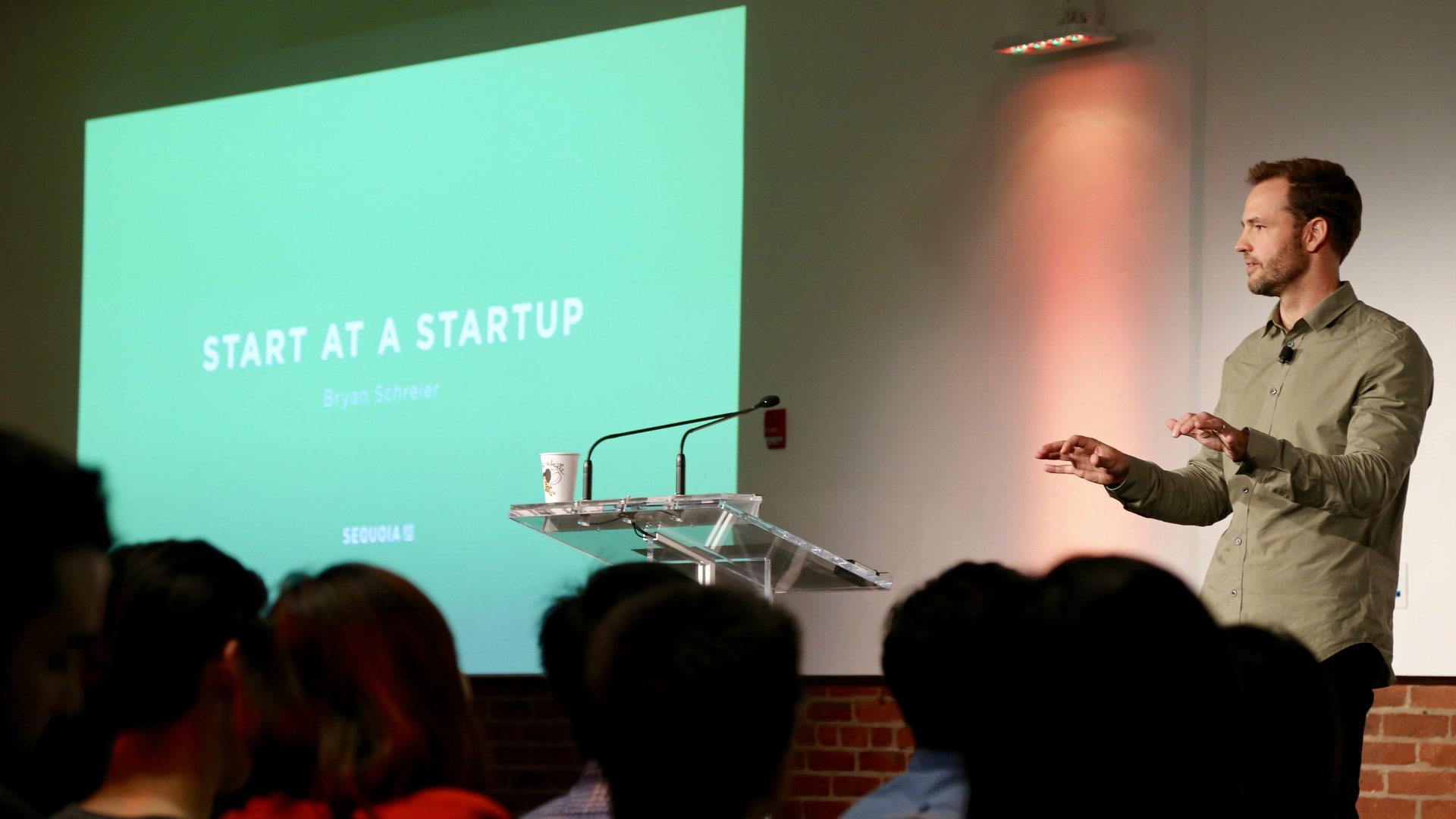Forget grit, IQ, and culture fit. VCs say this is what it takes to succeed at a startup
When founders are asked what it takes to succeed at a startup, many provide this well-worn answer: ”learn to be comfortable with ambiguity”—an equally frustrating and ambiguous response.


When founders are asked what it takes to succeed at a startup, many provide this well-worn answer: ”learn to be comfortable with ambiguity”—an equally frustrating and ambiguous response.
At a recent event in New York (“Start @ a startup“) co-hosted by Sequoia Capital and Business Today, a handful of VCs and startup founders got clearer on what it takes to succeed in that environment. The first rule: figure out what the CEO cares about most, and work on that.
“If you ask a lot of CEOs and founders, they’re constantly trying to figure out how to take the company to the next level, worrying about the things that can go wrong,” said Mike Vernal, who reported directly to Mark Zuckerberg for nearly a decade as a VP of engineering and product at Facebook before leaving to join Sequoia as an investor a few months ago. “The more you can put yourself in the mindset of the CEO or founder—what’s most important to her, or what is the thing she’s the most worried about? Solve the thing that she cares about most. A lot of what I did was understand both those things and prioritize based on that.”
One of Vernal’s partners at Sequoia, Bryan Schreier, expanded on that point. “Get yourself into this mindset of problem solving,” he told Quartz during a break between the sessions at the event, which focused on recruiting East Coast college students to join Sequoia’s portfolio of companies. “What’s not helpful at a startup is raising a bunch of issues and spotting a bunch of problems unless you bring them forward with solutions. Better yet, [bring them forward] having solved those problems already. A startup employee going to the founder and saying, ‘Hey, I saw those five things and I fixed them,’ is such a powerful way to show what you can do and earn trust.”
Startups are constantly tackling problems, big and small—determining product-market fit, developing traction and early adopters, hiring the right talent, raising money (and figuring out how to spend that money)—but the key is figuring out which ones matter most to the company’s leaders at any given point in time. Advancing the right growth metrics or connecting the company to a superstar engineer, or a promising venture capitalist, could be well more valuable than working solely on product copy.
Before joining Sequoia in 2008, Schreier solved problems for Sheryl Sandberg at Google. He briefly worked for a venture firm, Technology Crossover Ventures, a few years out of college, but quickly realized that he didn’t yet have the expertise to advise startups without having been in the trenches himself. During a pitch meeting with Sandberg in 2002, when Google was still a private company, she invited him to leave his VC job and come work for her. Sandberg recounted the meeting in her book, Lean In:
“When I first met Bryan Schreier, he had never worked for a tech company or traveled abroad, but he displayed unusually strong leadership and analytical skills. I hired him to help build Google’s global operations, and he exceeded every expectation. Years later, when he wanted to pursue a new career as an investor, I introduced him to his current partners at Sequoia Capital. He is now a highly successful early stage venture capitalist.”
Dealing with ambiguity at a startup is par for the course, but the benefits of solving the problems that matter most eventually become very clear—though it’s often years down the road before they do.